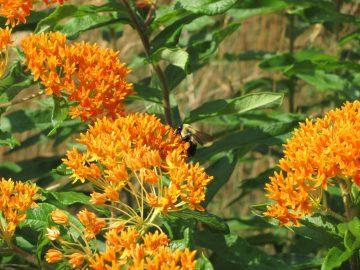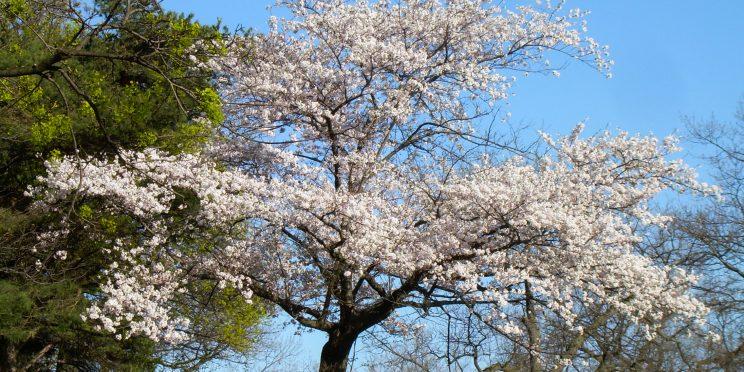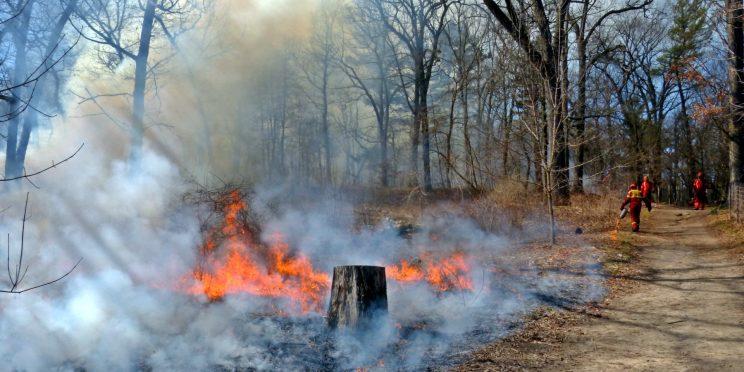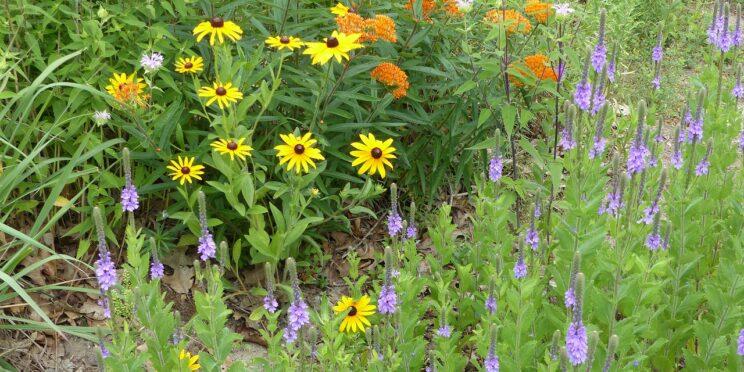These personal thoughts and creations have been inspired by the natural wonders of High Park.
We invite you to submit a sample of your High Park nature-inspired writing and artwork to post on this website. If you have a website showcasing your work, please include a link to post as well.
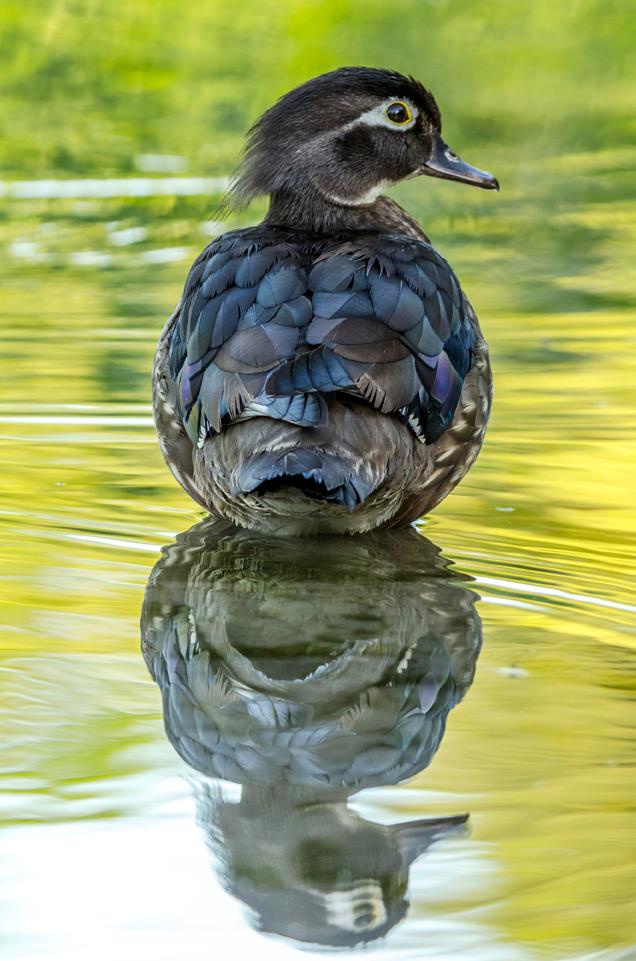
The Hidden Park - Journeys with Naturalists
by Sharon Lovett
A Special Place
For many city dwellers like myself, going to local parks is a means of getting away from the endless concrete and buildings, to admire gardens and walk in the shade created by trees on a hot summer's day. High Park is one of the few places where you can actually forget that you are in the middle of a city. The natural areas are large and contain a number of provincially designated Areas of Scientific and Natural Interest (ANSI) and Environmentally Sensitive Areas (ESA). The important part of these designations for me is that not only are these areas lovely for people to walk through, but they provide a very rare habitat for a variety of wildlife that are rapidly losing their ability to survive the loss of their homes.
I have found that "if you build it they will come". Habitat restoration (enhancing the existing native plant population) in areas like the Black Oak Savannah and Grenadier Pond attract birds, mammals, amphibians and insects that historically would have been there as well as newcomers who are adaptable.
Learning to See
Walk through the Black Oak Savannah in High Park behind the Grenadier Restaurant and look around. You see trees, flowers and grasses. Looking down you can see that the soil is sandy and butterflies are flitting around. Listen and you can hear birds and the wind (you can try to tune out the cars and people sounds). Either you like the feeling of being there or you find the wildness unfamiliar and "messy", not like the pretty lush floral displays in other parts of the park like Colborne Lodge or the Hillside Gardens.
If you knew that the trees you saw were called Black Oak, Sumac and Sassafras and the flowers were Cup Plants, Blazing Star and Harebells, the grasses had names like Big and Little Bluestem and Indian Grass, would you feel differently? Being able to name things gives them an importance that is not otherwise perceived. Delving further, being able to distinguish the many species of goldenrod and the variety of sun and coneflowers would mean that you started looking at the details like height, colour, when it bloomed, leaf structure, bark, petal distribution and knew how to look up such things in field guides so you could continue to learn more on your own.
Once you are comfortable with that you can start the same process for birds, butterflies and other insects looking at colour, size, sound, beaks and antennae shape and a myriad of other distinguishing features.
Putting it all together you can learn about the interrelationships between the plants, soil and all the supported wildlife. Deduce what a caterpillar will turn into based on the plant you found it on, the birds by the location and shape of their nests in the tree, the animal by its scat or the butterfly by the plant it is collecting nectar on.
The dependencies are fascinating, for example the Yellow-Bellied Sapsucker (a woodpecker) pecks holes in trees that early arriving hummingbirds use to extract sap. Ants carry aphids to plants so they can create the sticky syrup that the ants love. Honeybees are not native to North America, most of the native bees live in the ground not in hives. Goldfinches eat the seeds from thistles. Snags in dead trees and decaying logs are home to many birds and insects.
I learned all of these things and much more through walking tours given by people who had the curiosity to explore and observe and took the time to create a learning experience that was fun as well as informative. Everyone remembers different things from these tours but the main thing is that it is important to care enough to build on what you already know, to care what happens to creatures like bees and frogs and how their loss will impact all of us.
Our sense of "order" and aesthetics can cause immeasurable damage as can our view that everything should be about us, what we want or like. Nature walks are a way of connecting us to the world around us that we normally do not see, the large, small, close and far and makes us much richer for the experience..

